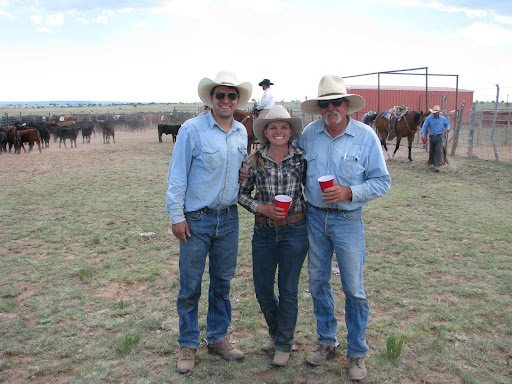A little bit about
Sol Ranch
Situated in the beautiful shortgrass prairie & cañon country of northeast New Mexico, you’ll find a quiet revolution taking place. Young rancher - Emily Cornell - has been transitioning into the tenure of her family’s land, adding to the family legacy of responsible land stewards. She has named her operation Sol Ranch after the sun that gives the earth the energy to grow and feed our souls. At Sol Ranch, their mission is to manage the all-important organism critical to life - the land. Cattle are the primary tools helping to manage the landscape, put organic matter back in the soil, and support ecological restoration. Sol Ranch grazes their cows, calves, and yearlings year round on native grasses. They are also working to adopt practices necessary to have a responsible impact on large-scale agriculture.
Through a holistic approach to land management, alternative grazing methods, and collaborations with the brightest scientists and mindful neighbors, Sol Ranch is able to improve the lives of their animals and regenerate the landscape that they depend on. . .and in turn they are able to offer the finest grassfed and finished beef, thus enriching the health and vitality of the consumer.







